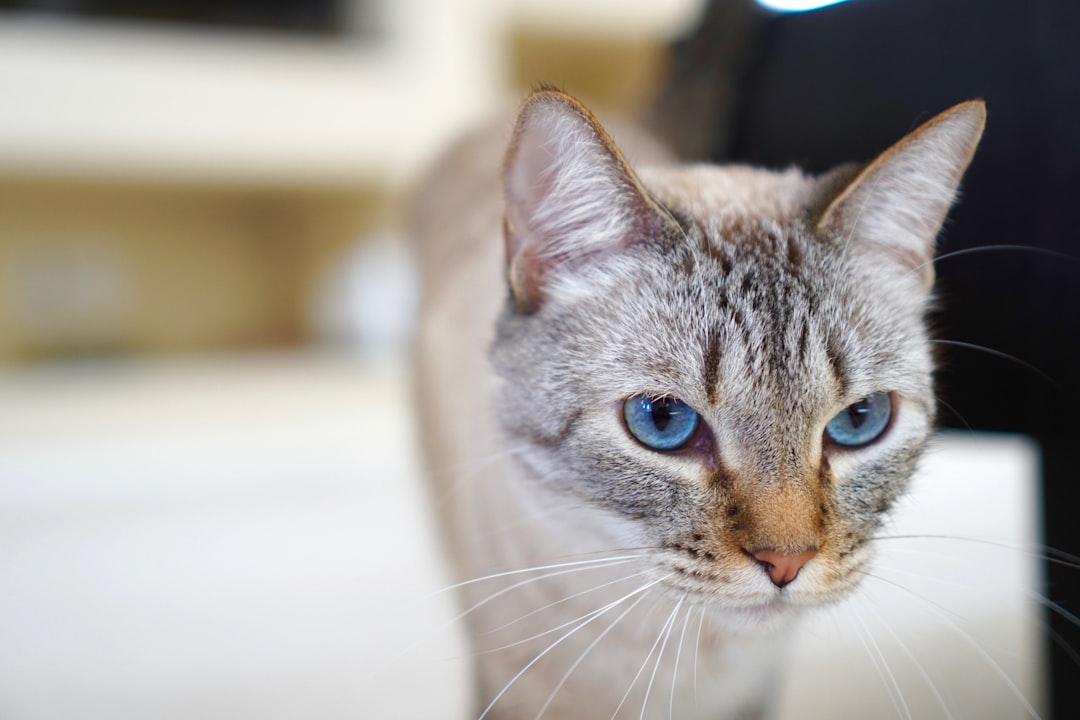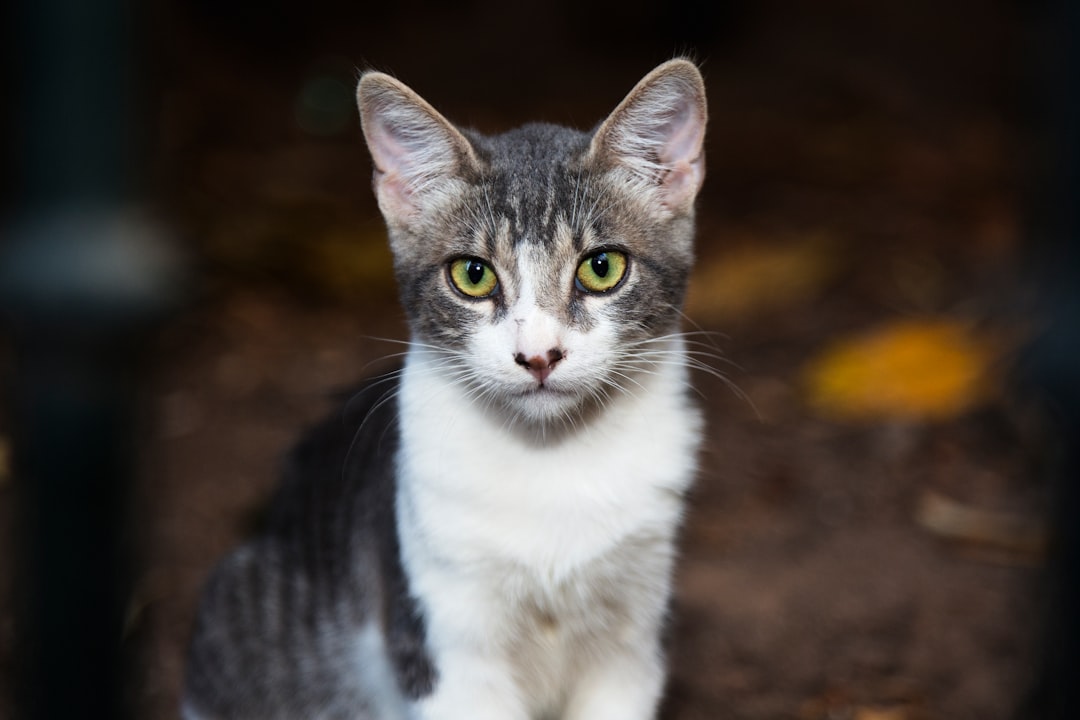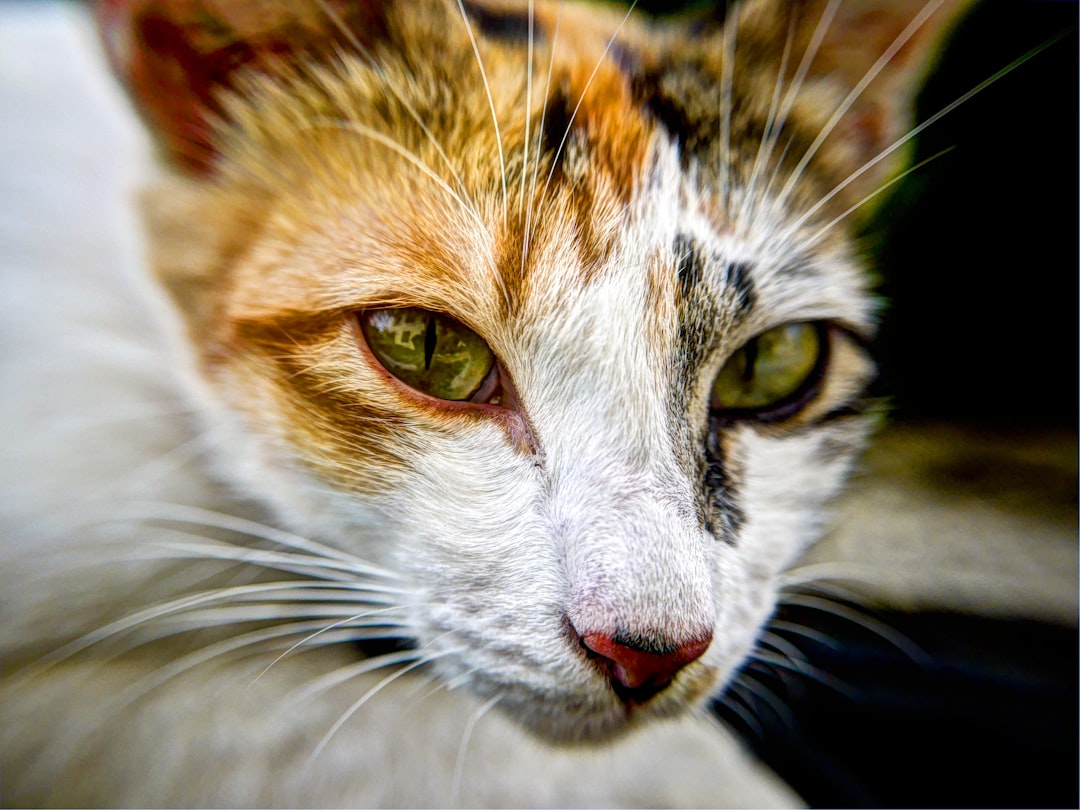Cat eye infections can be a concerning issue for feline owners, as they may lead to serious health complications if left untreated. Understanding the signs, causes, and treatments of these infections is crucial for ensuring your cat’s well-being. Common symptoms include redness, discharge, and excessive tearing, which may indicate an underlying problem. By familiarizing yourself with how to identify a cat eye infection and the available treatment options, you can take proactive steps to safeguard your pet’s eye health. This comprehensive guide will equip you with the knowledge needed to address cat eye infections effectively.
Understanding Cat Eye Infections
A cat eye infection, also known as conjunctivitis or feline ocular disease, refers to the inflammation of the tissues surrounding a cat’s eyes. Understanding its complexities is essential for any cat owner.
What Causes Cat Eye Infections?
- Bacterial Infections: Often caused by harmful bacteria, leading to swelling and discharge.
- Viral Infections: Viruses, like feline herpesvirus, can trigger significant irritation.
- Allergens: Pollen, dust, or other irritants may cause allergic reactions in sensitive cats.
Why It’s Important to Act Quickly
Ignoring the signs of a cat eye infection can lead to severe consequences, including loss of vision. By recognizing the symptoms early, you can ensure prompt treatment.
Key Takeaways
- Common Indicators: Redness, excessive tearing, or pus are telltale signs.
- Targeted Care: Identification is vital for effective treatment; working with your vet can help determine the underlying cause of the infection.
In summary, being informed about cat eye infections empowers you to protect your feline friend effectively!

Common Symptoms of Eye Infections in Cats
Identifying a cat eye infection early on can significantly affect the treatment outcome. Here are common symptoms to watch for:
- Discharge: Look for watery or thick discharge which may appear as pus.
- Redness: Notice any redness or swelling around the eye area.
- Squinting: Observe if your cat squints or keeps one or both eyes closed.
- Excessive Tears: Increased tearing can indicate irritation or infection.
- Sensitivity to Light: Watch for signs of discomfort in bright light.
- Foul Odor: A bad smell from the eye can suggest a more severe infection.
It’s essential to monitor your cat for these symptoms closely. When compared to healthy eyes, infected ones often exhibit significant differences in discharge, color, and behavior.
Remember: If you observe one or more of these signs, consult your veterinarian. Timely intervention is crucial to prevent complications stemming from a cat eye infection.
Causes of Eye Infections in Felines
Understanding the causes of a cat eye infection is crucial for effective prevention and treatment. Several factors can contribute to eye infections in cats, including:
Bacterial Infections: Bacteria can invade the eye’s tissues, resulting in inflammation and infection.
Viral Infections: Feline herpesvirus and calicivirus are common culprits that lead to eye-related issues.
Allergies: Environmental allergens, such as pollen, dust, or mold, can trigger allergic reactions, causing watery eyes and potential secondary infections.
Foreign Bodies: Objects such as dust, dirt, or plant material can irritate the eye, leading to infections.
Poor Hygiene: Cats with improper grooming habits may experience excessive tear build-up, promoting bacterial growth.
Underlying Health Conditions: Diseases like diabetes or immune system disorders can predispose cats to infections.
By identifying these causes, cat owners can take proactive steps to maintain their pet’s eye health and minimize the risks associated with a cat eye infection. Regular check-ups and proper hygiene play vital roles in prevention.
Diagnosis Procedures for Cat Eye Infections
Diagnosing a cat eye infection is crucial for effective treatment. Veterinarians typically use a variety of procedures to ensure accurate diagnosis:
- Physical Examination: The vet examines the cat’s eyes thoroughly for signs of redness, discharge, or swelling.
- Fluorescein Staining: A fluorescent dye applied to the eye helps identify corneal ulcers or damage.
- Tear Production Test: Measuring tear production can detect dry eye, which may contribute to infections.
- Cultures and Swabs: Collecting samples from the eye discharge allows the vet to identify specific bacteria or viruses.
- Blood Tests: In some cases, blood tests may reveal underlying health issues affecting the eyes.
| Procedure | Purpose |
|---|---|
| Physical Examination | Check for visible symptoms |
| Fluorescein Staining | Identify corneal damage |
| Tear Production Test | Assess tear production levels |
| Cultures and Swabs | Detect specific pathogens |
| Blood Tests | Rule out systemic health problems |
By following these diagnostic procedures, veterinarians can effectively confirm a cat eye infection and tailor a treatment plan suited to your feline companion’s needs.

Treatment Options for Eye Infections in Cats
When it comes to addressing a cat eye infection, timely intervention is crucial. Here are several treatment options commonly prescribed by veterinarians:
Topical Medications:
- Antibiotic eye drops—effective for bacterial infections.
- Antiviral medications—used for viral infections such as herpesvirus.
- Anti-inflammatory drops—help reduce swelling and irritation.
Oral Medications:
- Systemic antibiotics—prescribed if the infection is severe or systemic.
- Pain relievers—to enhance comfort during recovery.
Supportive Care:
- Warm compresses—applied to manage discharge and soothe the eye.
- Monitoring—keeping an eye on symptoms for any changes.
Comparison of Treatment Methods
| Treatment Method | Duration of Treatment | Effectiveness |
|---|---|---|
| Topical Medications | Usually 7-14 days | High (specific to infection type) |
| Oral Medications | 7-14 days (varies) | Moderate to High |
| Supportive Care | As needed | Moderate |
Overall, selecting the right approach depends on the cat eye infection’s cause and severity. Always consult with a veterinarian for the best treatment plan tailored to your feline’s needs.
Preventative Measures to Protect Your Cat’s Eyes
Preventing a cat eye infection is crucial for your feline’s overall health. Here are some effective strategies to keep your cat’s eyes safe:
Regular Vet Check-ups: Schedule annual visits to monitor your cat’s eye health.
Maintain Clean Living Spaces: Keep your home tidy to eliminate dust and allergens that can irritate your cat’s eyes.
Proper Grooming: Brush your cat regularly; this helps reduce the risk of tear staining and possible infections.
Watch for Signs of Irritation: Take action if you notice any redness, discharge, or squinting.
Avoid Overcrowded Environments: Limit your cat’s exposure to other animals that may carry infectious diseases.
Regular Vaccinations: Ensure your cat receives vaccinations for feline viral diseases linked to eye infections.
By implementing these preventative measures, you can significantly reduce the risk of a cat eye infection and keep your feline companion healthy. Always remember, early detection is key; so stay vigilant in monitoring your cat’s eye health!
When to Seek Veterinary Assistance
Recognizing when to seek veterinary assistance for a cat eye infection is crucial for your feline’s health. Delaying treatment can lead to complications or worsening conditions. Here are key indicators that warrant a trip to the vet:
- Persistent Symptoms: If your cat exhibits symptoms such as redness, swelling, or discharge for more than 24 hours.
- Severe Discomfort: Watch for signs of distress, such as excessive squinting, pawing at the eye, or reluctance to open the affected eye.
- Changes in Behavior: A sudden change in appetite or energy levels could indicate pain or illness associated with the cat eye infection.
- Multiple Eyes Affected: If both eyes show signs of infection, seek veterinary care immediately, as this may indicate a systemic issue.
- Vision Impairment: If you notice your cat bumping into objects or having difficulty navigating, prompt veterinary evaluation is essential.
By recognizing these signs early, you can help ensure your cat receives the necessary care and maintain their overall eye health. Always prioritize your pet’s well-being and consult a vet when in doubt about a cat eye infection.

Tips for Post-Treatment Care and Monitoring
After treating a cat eye infection, it’s crucial to provide ongoing care and monitor your feline for any changes. Here are some essential tips to ensure your cat heals effectively:
Follow Veterinary Instructions: Adhere to the prescribed medication schedule and dosages. This helps ensure complete recovery from the cat eye infection.
Monitor Symptoms: Watch for any persistent symptoms such as redness, discharge, or tearing. Take note if symptoms reappear.
Keep the Environment Clean: Maintain a clean living space. Remove potential irritants like dust and allergens, as these can exacerbate eye problems.
Observe Behavior Changes: Keep an eye on your cat’s demeanor. Loss of appetite or increased lethargy may indicate complications.
Limit Outdoor Access: Until your vet gives the clear, it’s wise to keep your cat indoors. This reduces the risk of exposure to irritants and further infections.
Regular Check-Ups: Schedule follow-up appointments to monitor healing progress. This provides an opportunity for your vet to reassess the condition.
By following these tips, you can help ensure your cat recovers fully and stays healthy after a cat eye infection.
Frequently Asked Questions
What are the common symptoms of cat eye infections?
Common symptoms of cat eye infections in cats can include excessive tearing, redness in the eyes, squinting or partial closure of the eyes, discharge that can be clear, cloudy, or pus-like, and pawing at the eyes due to irritation. Cats suffering from eye infections may also exhibit discomfort or changes in behavior, such as increased sensitivity to light. It’s essential for pet owners to closely monitor their cats for these signs and seek veterinary care if symptoms persist or worsen.
How do veterinarians diagnose cat eye infections?
Veterinarians diagnose cat eye infections through a thorough clinical examination, which usually includes a visual assessment of the eyes and surrounding tissues. They may conduct tests to determine the type of discharge, check for corneal damage using fluorescein dye, and possibly perform tear production tests. If a more serious underlying issue is suspected, they may conduct further diagnostic tests, such as taking swabs for culture to identify specific bacteria or viruses causing the infection. A comprehensive examination is crucial for accurate diagnosis and effective treatment.
What are the typical treatments for cat eye infections?
Treatments for cat eye infections often involve the use of antibiotics or antiviral medications, depending on whether the infection is bacterial or viral. In cases of severe irritation or inflammation, veterinarians may also prescribe anti-inflammatory or pain relief meds to help alleviate discomfort. Additionally, cleaning the eyes with a saline solution can also support recovery. In severe cases or when there is potential for chronic issues, more advanced treatment options such as surgical procedures may be required. Regular follow-up with the veterinarian is important to monitor recovery.
Can cat eye infections be prevented?
Prevention of cat eye infections can involve maintaining good hygiene, such as regularly cleaning the cat’s living environment and ensuring that their belongings, including litter boxes, are kept clean. It’s also crucial to have regular veterinary check-ups to address any signs of allergy or other eye conditions early on. Vaccination is important as well, as certain diseases that affect eye health can be prevented through appropriate vaccines. If you notice any signs of discomfort or changes in your cat’s eyes, it’s best to consult a veterinarian promptly.



